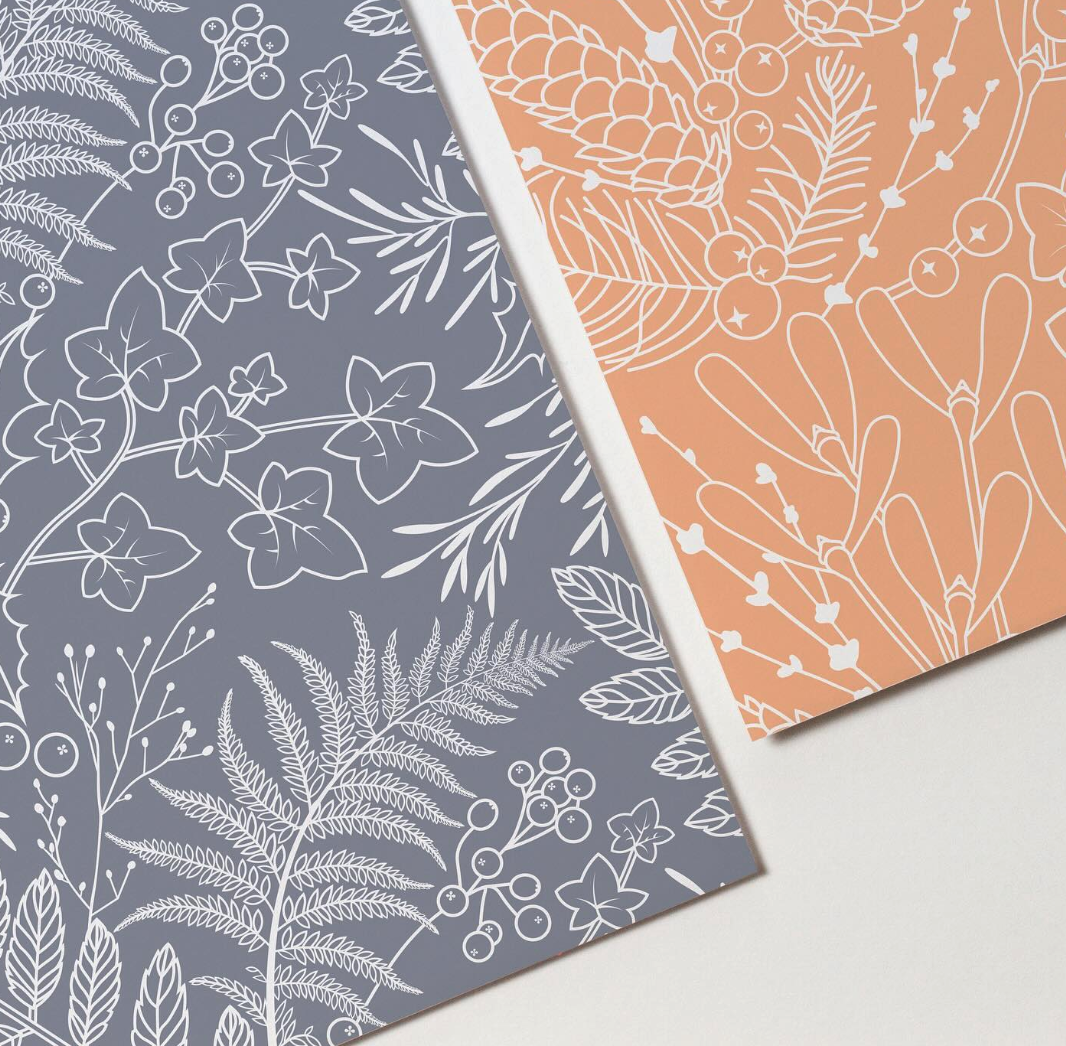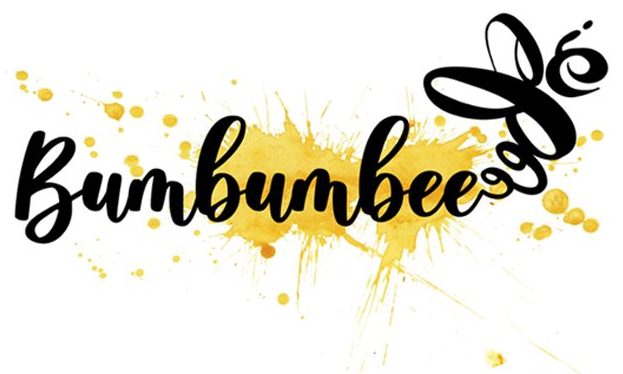
Imagine how different our life could be if we were all surrounded by kindness. Not just through the lens of positivity – but real, authentic kindness from strangers and loved ones. Can you imagine the effects that would have on us? Imagine how that would open us up. We would feel safe, we would reach out to connect with others more because we wouldn’t let our self-limiting, inner narrative control our actions. We would be able to flourish without fear of judgement and push the boundaries while feeling supported. Imagine surrounding yourself in a colour that could promote this level of comfort in your life. If you read my November blog, you’ll know this is the promise of Peach Fuzz, the Pantone Colour of the Year for 2024. You will feel embraced, lifted up, and held in compassion. You will feel all the comfort of Hygge in a gorgeous peachy dream. It got me thinking about how colour influences our mood, sets a scene or communicates with us on the most subtle of levels.
Colour is taken for granted – it’s just ‘there’. Unless you are studying the colour wheel or colour theory, you are unlikely to think about it too much. And yet, colour is one of our most important ‘messengers’ directing us, communicating with us and keeping us safe in the world. Our world is full of colour-driven controls and processes.
Children will often use colours to express themselves emotionally … which can be very useful if they can’t articulate the feelings or moods they may be experiencing. If your child is struggling in some area of their life right now, consider using colour as an extra ‘tool’ to help them feel comforted, loved and supported. If your child is highly strung, perhaps blues, greens and turquoise might be a calming accent to add to their room – even if it’s just on one wall. Pay attention to the colours your child enjoys because you can use them to help foster feelings of joy, creativity, and safety, or whatever they may feel is lacking in their life. If they are lacking confidence, red may be a good colour to introduce (but proceed with caution on the red front … too much red might not be a great colour for a child with anger issues).
In the world of colour therapy, colour is used to treat certain mental and physical health conditions – and using this colour this way can be traced back to the Ancient Egyptians. They would use coloured glass in their sunniest rooms to benefit from the colour’s vibration. Even the medical world uses colour – I’m thinking infra-red and ultra-violet and so on. It might be a fun game to play with your wee ones on a rainy day (and let’s be honest, we don’t have a shortage of those days). Ask them to think of all the uses of colour and work out what the colour is communicating, or even how the colour makes them feel. Perhaps in the process you’ll find out which colours your children out the ones they gravitate to – and then you can use this information in the future. If nothing else, you will be giving your children a good introduction to colour theory and you might even plant the seed, or spark an interest in colour on a creative or psychological level.
Even if you think this is all hocus pocus, think about the rooms you like in your house, your favourite colours in life, or even the colour of clothes you constantly buy. What colours do you surround yourself with and how do they make you feel? It would be interesting to find out if there is a universal favourite colour.
For now, I am loving the comfort and warmth of Peach Fuzz. If you’d like to get all warm and fuzzy with our latest notepads and cards, head over to our online store or Facebook for details. I’m sure you will see peach fuzz creeping into a few of my illustrations over the coming months, along with the rich colours of nature as the seasons progress. Sending you all good vibrations for 2024.
